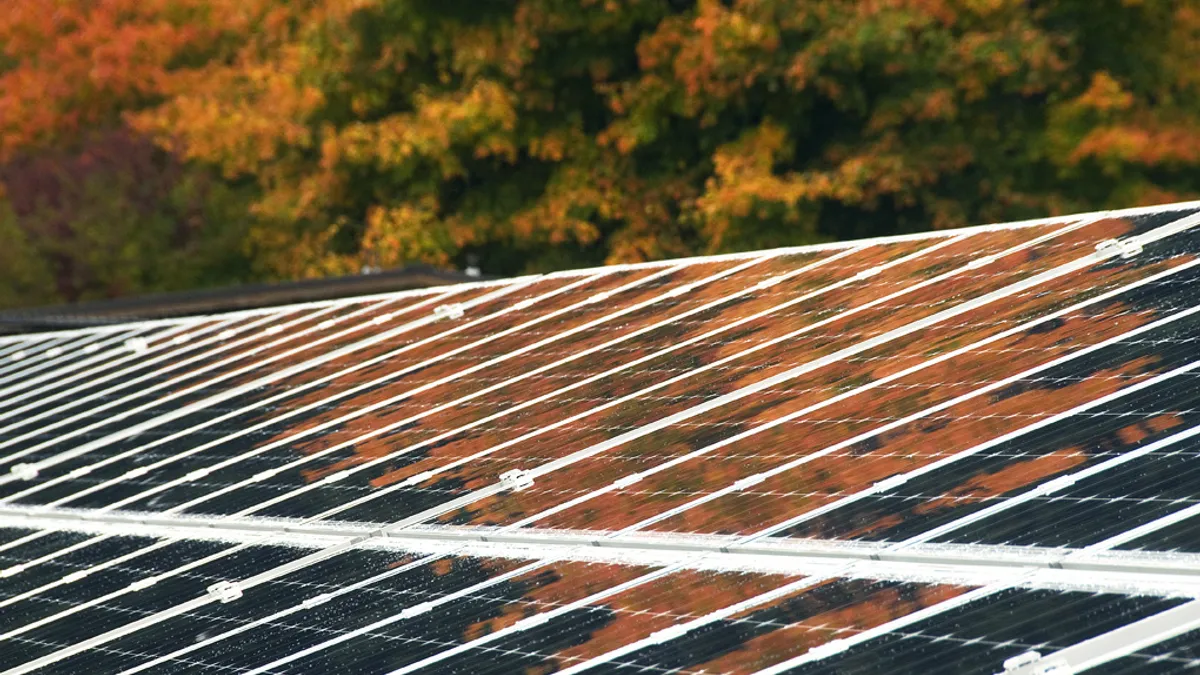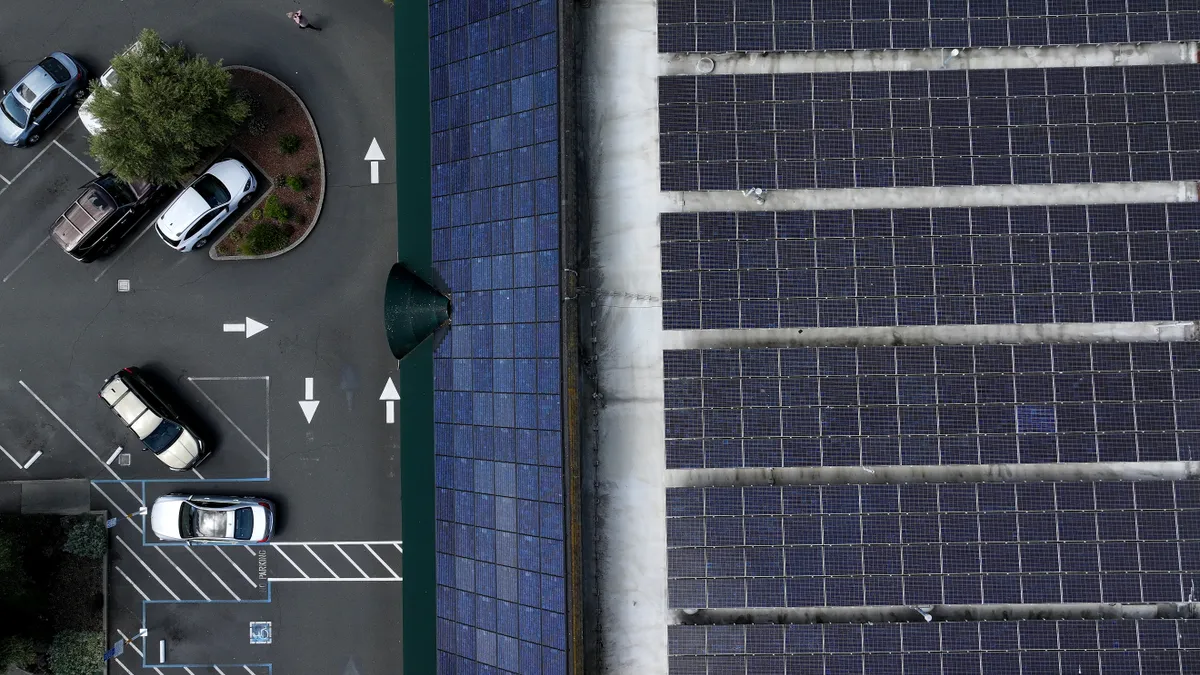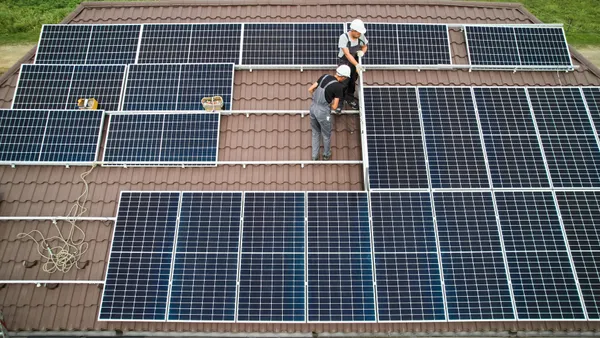Dive Brief:
-
The Oregon Solar Energy Industries Association (OSEIA) has laid out a plan that calls for solar power to constitute 10% of the state's generation mix by 2027.
-
Meeting that target would require Oregon, which had 264 MW of solar power at the end of 2016, to add 4,000 MW of solar capacity over the next 10 years.
- In its plan, OSEIA recommends that the state should leave intact existing policies that encourage solar power and institute some new measures, such as rules for community solar programs, and adopt local Property Assessed Clean Energy (PACE) programs.
Dive Insight:
Oregon ranks near the top of states setting ambitious renewable energy goals. Last year, the state mandated the state needed to run on 50% of renewable energy by 2040, and wean out coal imports by 2035. OSEIA is taking it a step further to ensure solar composes 10% of the state's power mix.
The Oregon state budget released in December did not include funding to extend the Oregon’s solar tax credit. Without budget support, the credit is set to expire at the end of this year. A property tax exemption for solar installations is set to expire at the end of 2018. OSEIA recommends extending those measures as a way to meet its new targets.
On a more granular level, those target call for 600 MW of residential solar installations, 600 MW of small commercial solar installations, 800 MW of large commercial installations and 2,000 MW of utility scale projects.
OSEIA argues that level of solar installation would attract investment and jobs to the state while reducing the state’s greenhouse gas emissions.
“An energy transition is under way, and solar will be a big part of Oregon’s energy future,” Laurie Hutchison, board president of OSEIA, said in a statement. “Oregon Solar Plan offers an ambitious but reasonable way to achieve that future.”














